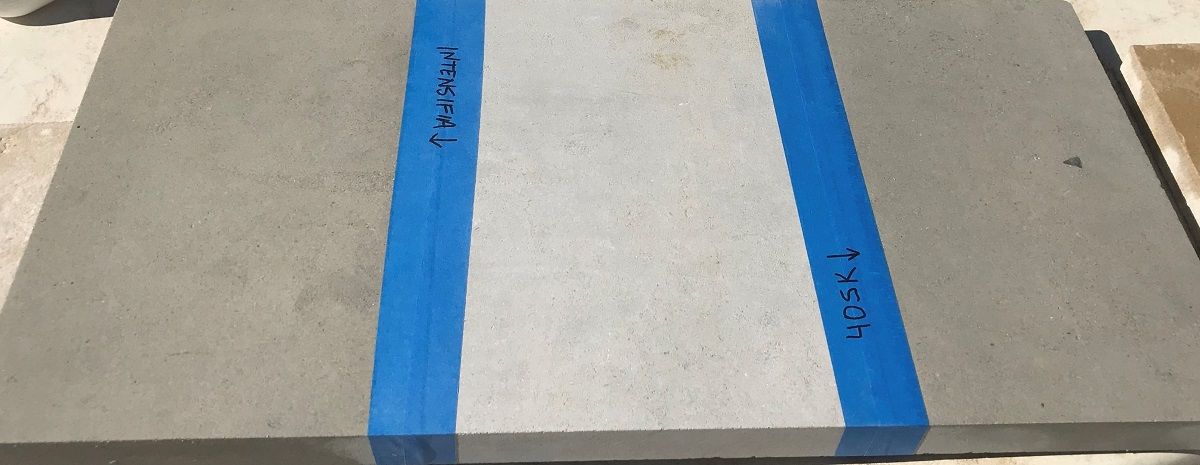Stone Sealer Products Benefit for Many Years
Stone Cleaning and Sealing Tips for Natural Stone Pavers, Tile, Coping, and Step Treads.
Hardwood decks/patios, as well as wood on houses/buildings, need to be power washed, cleaned, and sealed on a regular basis. Although you power wash and seal a hardwood deck every year, natural stone deck maintenance is much less frequent. Stone sealer and cleaner products are very high-tech and require minimal maintenance.
Stone Cleaner Maintenance for Natural Stone Pavers, Tile, Coping or Treads:
- Regular, basic maintenance type cleaning: *
- Use a stone cleaner that is easy to find at any hardware store or
- Use any non-caustic degreasing agent (mild dish or hand soap) mixed in warm water.
- Deep cleaning, minor restoration (mild etch) type cleaning:
- Dilute muriatic acid in ten-part water to 1-part store-bought muriatic acid.
- Wet the entire stone surface.
- Pour dilute mix and move it around with a sponge mop – consider doing it in twenty square feet overlapping sections. Don’t let it sit in one place without moving and agitating it. The acid will neutralize after 10-15 seconds.
- Finish by rinsing the surface with clean water.
Note: The acid should not be strong enough to do any damage to the ecology or be harmful to your flower beds next to the stone patio. Once the acid contacts the stone, there is a little bit of sizzle, a bit of chemical reaction that happens and then it should be neutralized.
Stone Sealer Maintenance for Natural Stone Pavers, Tile, Coping or Treads: **
With natural stone, you should never use a prophylactic coating type of sealer because the stone wants to breathe. Using a “breathable” stone sealer tends to last many years longer. When using a high-quality sealer, you will only have to seal every 5-15 years or longer. Some companies offer both a color-enhancing stone sealer and a “matte” finish stone sealer. Both types of sealers are impregnating sealers and penetrate the stone about a ¼”. The color-enhancing stone sealer will help the stone “pop” its deep rich darker color (like when it is wet but doesn’t add shine or sheen to the stone). The “matte” finish stone sealer leaves the stone the same color when it is dry. Gothicstone recommends Stain Proof, stone cleaner, and stone sealer products.
Considerations when applying stone sealer:
- If grout was newly applied to the tile, pavers, coping, or treads, you should wait at least 2 weeks for the outgassing to complete before using a stone sealer.
- If only stone cleaning was done, seal after the stone is thoroughly dry, typically a day or two.
- Follow the directions on the bottle for the impregnating sealer.
* This does not apply to highly polished marble – contact us for those details.
** We highly recommend purchasing sealer products from a tile showroom. We recommend Stain Proof by Dry-Treat.
Are you looking for different exterior stone options? Gothicstone is here to help. Contact us today to find out more about our products so we can value-engineer your stone solution. We look forward to providing you with natural stone materials to help make your client’s outdoor living space unique.
